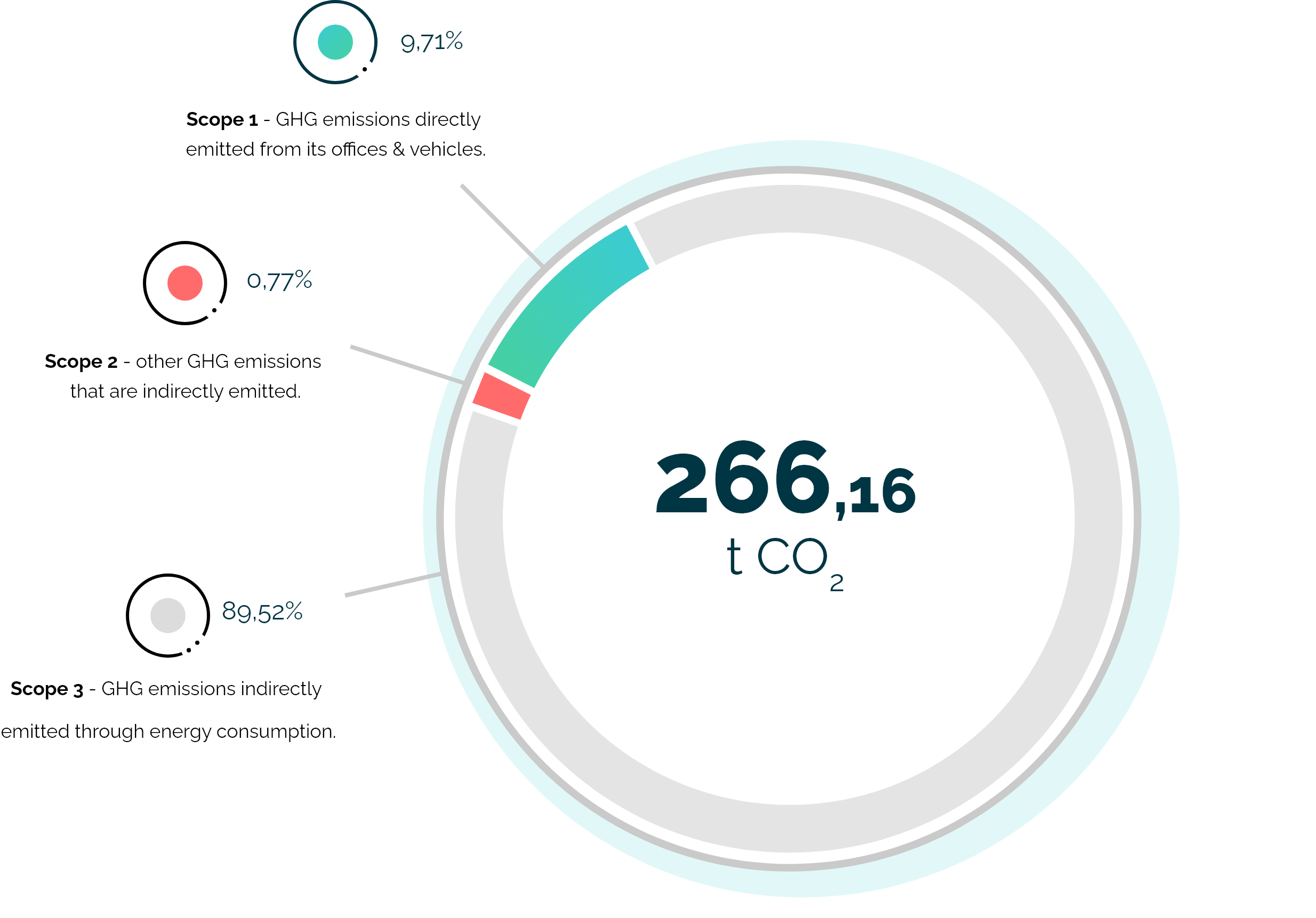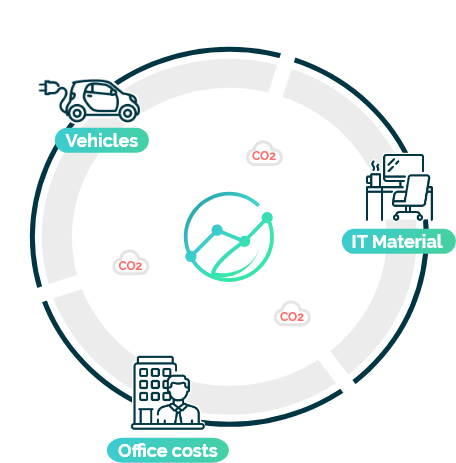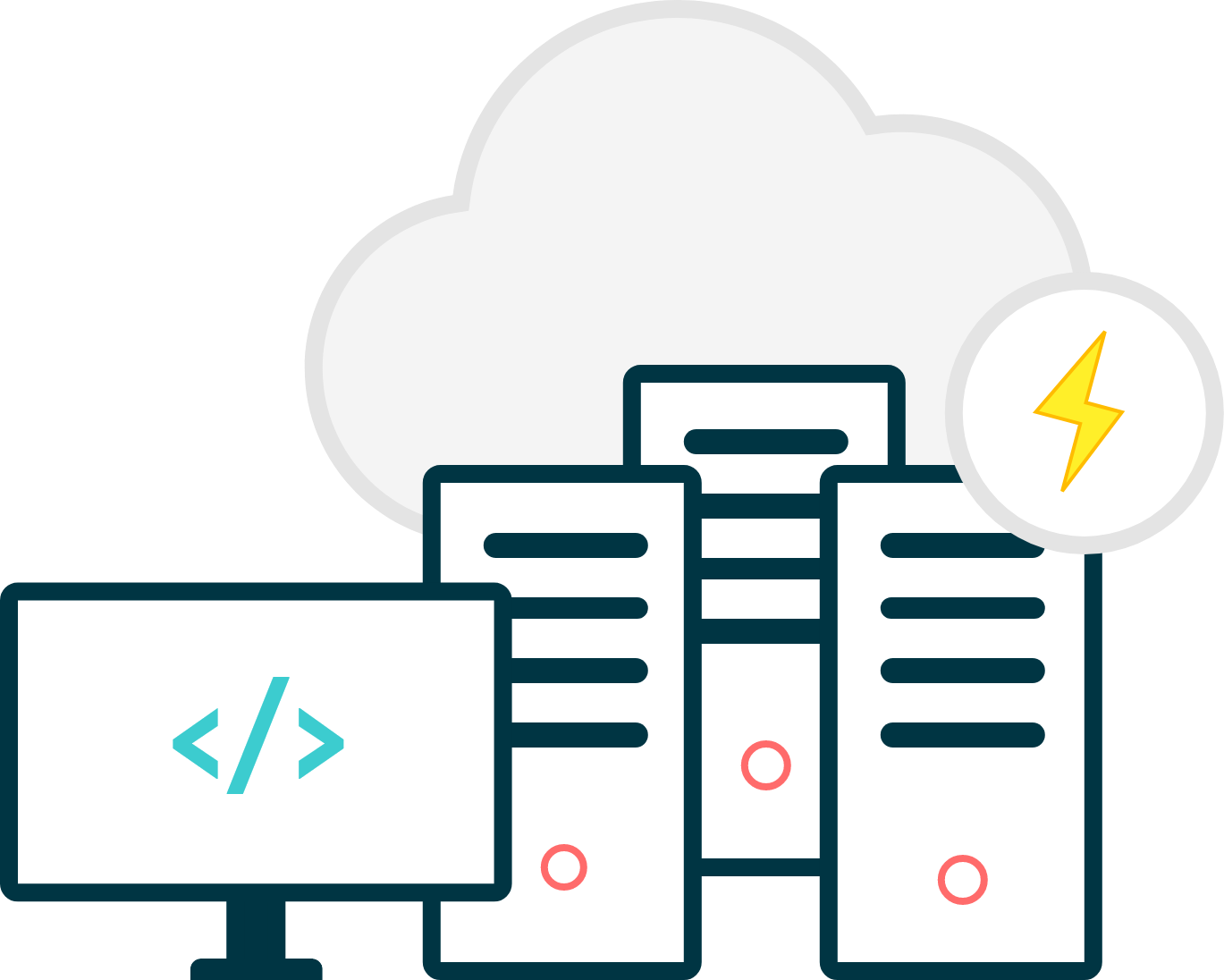"There is a great temptation to say that at our level,
the impact we can have is, after all, limited.
However, changes of behavior can easily be made"
- Loïc Bar
At Opinum, we decided to take into account this new parameter:
the carbon footprint of our actions. This must become a reflex, a necessary condition
for the creation of a robust and sustainable economy.

The first method of calculation we used was the Greenhouse Gas Protocol.
Through that method, the emissions that are produced by a company
can be separated in 3 scopes.
To simplify, Scope 1 and 2 emissions are greenhouse gas (GHG) emissions that are directly emitted by sources owned or controlled by a company,
while Scope 3 emissions are a consequence of the company's activities but come from sources that are not owned or controlled by it (= value chain emissions).


The second method we used is Bilan Carbone ®.
This method helps to identify levers for reducing GHG emissions and make strategic decisions to limit carbon footprint.

48%
Purchases (services & software)
The “Inputs” item covers all flows of materials or services entering the entity.
90 t CO2
32%
Travel
Commuting to and from work, business travel within the organization, and visitor travel.
61 t CO2


16%
Fixed assets
This item covers greenhouse gas emissions linked to the manufacture of the organization tangible assets (furniture, IT equipment, vehicles, buildings, etc.).
30 t CO2
3%
Consumption
Consumption of energy by our product. In our case, the majority of our carbon impact in this item concerns the energy requirement linked to the storage of our product on the cloud.
7 t CO2


1%
Energy
Emissions linked to energy consumption of the office.
2 t CO2
How we reduce our Carbon footprint at Opinum
Second hand car
All our company cars are second hand cars.
Business travels
Business travels are done by train when possible instead of planes.
Bicycles
Kilometric allowances are given to employees who use bicycles to come to the office.
Remote work
We established 2/3 days of remote work per week.
